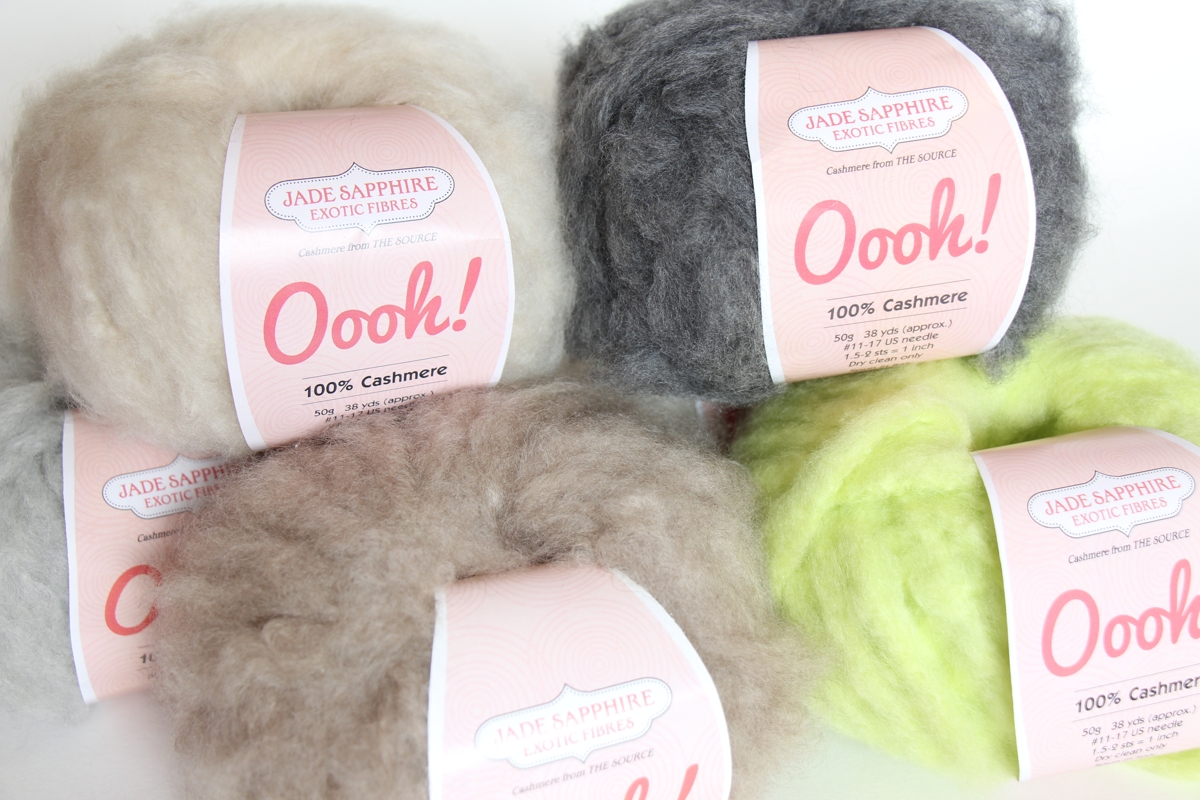Is Cashmere a Natural Fiber? Exploring Its Natural Origins and Uses
Is Cashmere a Natural Fiber? Exploring Its Natural Origins and Uses
Blog Article
Discover the Appeal of Cashmere an All-natural Fiber: Why It's a Must-Have in Your Closet
The allure of cashmere, a high-end all-natural fiber, transcends simple visual appeals. Stemming from the Kashmir area, this lightweight yet long lasting material has woven its method right into high-end fashion as a result of its unique buildings and versatile charm. From reviewing its interesting origin to comprehending its manufacturing care, high quality, and procedure, it deserves discovering why cashmere holds such a special place on the planet of textiles. Discover the class and material of this fiber as we start an expedition of its allure.

The Origin and History of Cashmere: A Quick Overview
While lots of may watch cashmere as a basic luxury, its background is steeped in abundant cultural practice. Originating from the Kashmir area in India, cashmere wool has actually been produced for thousands of years. The fiber is gotten from the soft undercoat of cashmere goats, harvested throughout their molting season.
Recognizing the Distinct Properties of Cashmere Fiber
Cashmere, renowned for its distinctive features, sticks out worldwide of textiles. This luxurious fiber is exceptionally soft, providing a comfortable and comfy feeling unlike any various other. It is significantly warmer than wool, making it an ideal option for winter months garments. Despite its heat, cashmere is remarkably lightweight and doesn't add unneeded mass. This natural fiber is likewise understood for its durability. While other materials might put on down over time, cashmere keeps its high quality, making certain long-lasting wear. Lastly, cashmere has an one-of-a-kind visual appeal. Its mild gloss and elegance make it a staple in high-end fashion. Understanding these residential properties makes clear why cashmere is not simply a deluxe, yet a worthwhile investment for any wardrobe.
The Process of Making Cashmere: From Goat to Garment
To appreciate the extravagant residential or commercial properties of cashmere totally, one should recognize its journey from the raw fiber to the completed item. The procedure starts with the cashmere goats, primarily discovered in Mongolia, China, and Iran. The soft undercoat of these goats, collected during their natural molting period in springtime, provides the raw material. This delicate fiber is after that meticulously divided from the coarser outer hair in a labor-intensive process known as dehairing. The pure cashmere is after that colored, rotated right into yarn, and finally knitted or woven into the desired garments. Each action is meticulously carried out to protect cashmere's remarkable heat, softness, and resilience. This complex procedure leads to the development of an absolutely luxurious fabric.

Decoding the Top Quality and Price: Why Is Cashmere so Expensive?
Cashmere stems from the great undercoat of the cashmere goat, with each goat producing a mere 150 grams every year. The handling blog of raw cashmere needs both time and know-how, with the fibers requiring to be very carefully arranged, cleaned, and spun. These elements combined make cashmere a pricy yet that site highly desired asset in the world of fashion.
Cashmere in Style: The Adaptability and Ageless Appeal
Despite its high rate, the ageless appeal and convenience of cashmere have actually solidified its area in the world of fashion. The fiber's one-of-a-kind appearance, defined by its softness and heat, has come to be associated with luxury and convenience. Its versatility extends past seasonal trends, making it a closet vital in various kinds, from stylish coats to trendy scarves. The functional nature of cashmere enables for its assimilation into both informal and formal clothing, symbolizing its wide charm. In addition, the material's sustaining popularity for many years confirms to its classic charm. As fads come and go, cashmere continues to be a constant, its appeal undiminished, proceeding to inspire and shape the style industry's landscape.
Taking Care Of Your Cashmere: Maintenance and Preservation Tips
Making sure the long life of cashmere garments needs particular treatment and attention. These prized belongings should not be tossed right into the cleaning machine with normal laundry. Instead, hand cleaning with gentle, pH-neutral soap in lukewarm water is suggested. After cleaning, they should not be wrung out. Instead, they must be gently pressed between towels to absorb excess water, after that laid level to dry. Regular cleaning with a cashmere comb can stop pilling. Saving these items in a cool, dry place, ideally in a breathable bag, can shield them from moths and moisture (is cashmere a natural fiber). An occasional airing outside, far from straight sunshine, can freshen the fibers. With these maintenance and preservation tips, one can ensure their cashmere continues to be luxuriously soft and durable.
Final Thought
Cashmere, with its unrivaled gentleness and heat, offers both high-end and durability. Discover the appeal of cashmere and boost your fashion collection.

Report this page